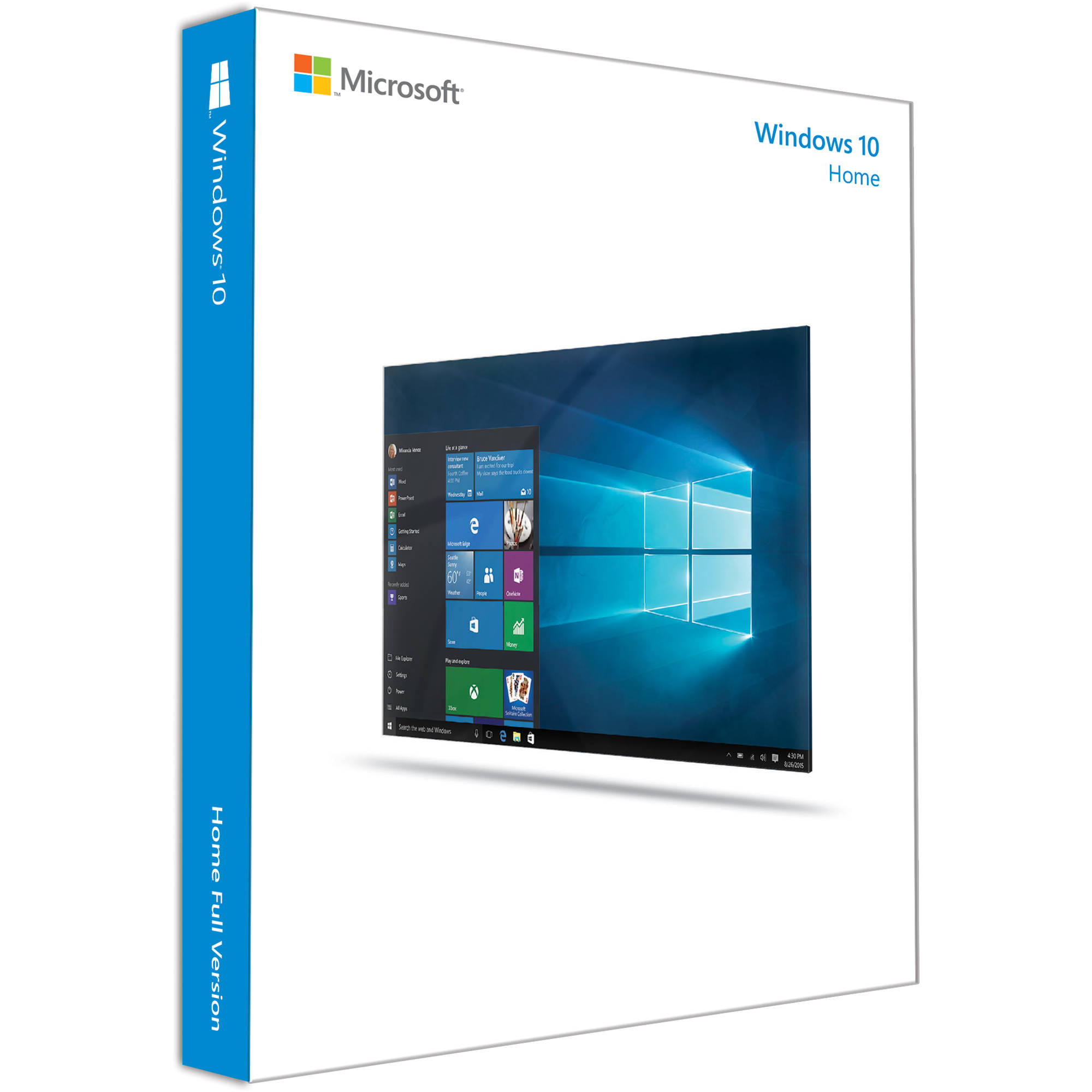

You also get Group Policy, which can set different rules and privileges for different Windows users on a network (very handy if you're running an office). You get a tool called Bitlocker, for example, which lets you encrypt the data on your drives (making it harder for others to access). With all those similarities between the two versions of the OS, what exactly are the differences? The extras you get with Windows 10 Pro are all aimed at advanced users, and may not mean much to the average home user.

Windows 10 vs Windows 10 Pro: The features
#Windows 10 home 64 bit os vs windows 10 pro 64 bit os full#
Upgrading from the Home version of Windows 10 to Windows 10 Pro is a fairly straightforward process – Microsoft has details here – but to go back the other way you need to do a full reinstall. For the most part, both OSes work in exactly the same way. In fact, if you booted up Windows 10 Home and Windows 10 Pro side by side, you'd be hard-pressed to tell the difference unless you really dig into the features. You don't miss out on gaming features (like DirectX 12) if you go for the Pro version of Windows 10. The smart login tech known as Windows Hello is included in both Home and Pro editions, as is the Xbox app for streaming games from your Xbox One. Both can work across desktops, laptops, and tablets, and both come with features like Cortana and Microsoft's new browser, Microsoft Edge. If you're running a business, you're perhaps more likely to be interested in Windows 10 Pro.Ī lot of features are shared between these two OSes, all the basics that you're probably familiar with from previous versions of Windows. The standard version of Windows 10 is actually Windows 10 Home, and it's aimed at home users.


 0 kommentar(er)
0 kommentar(er)
